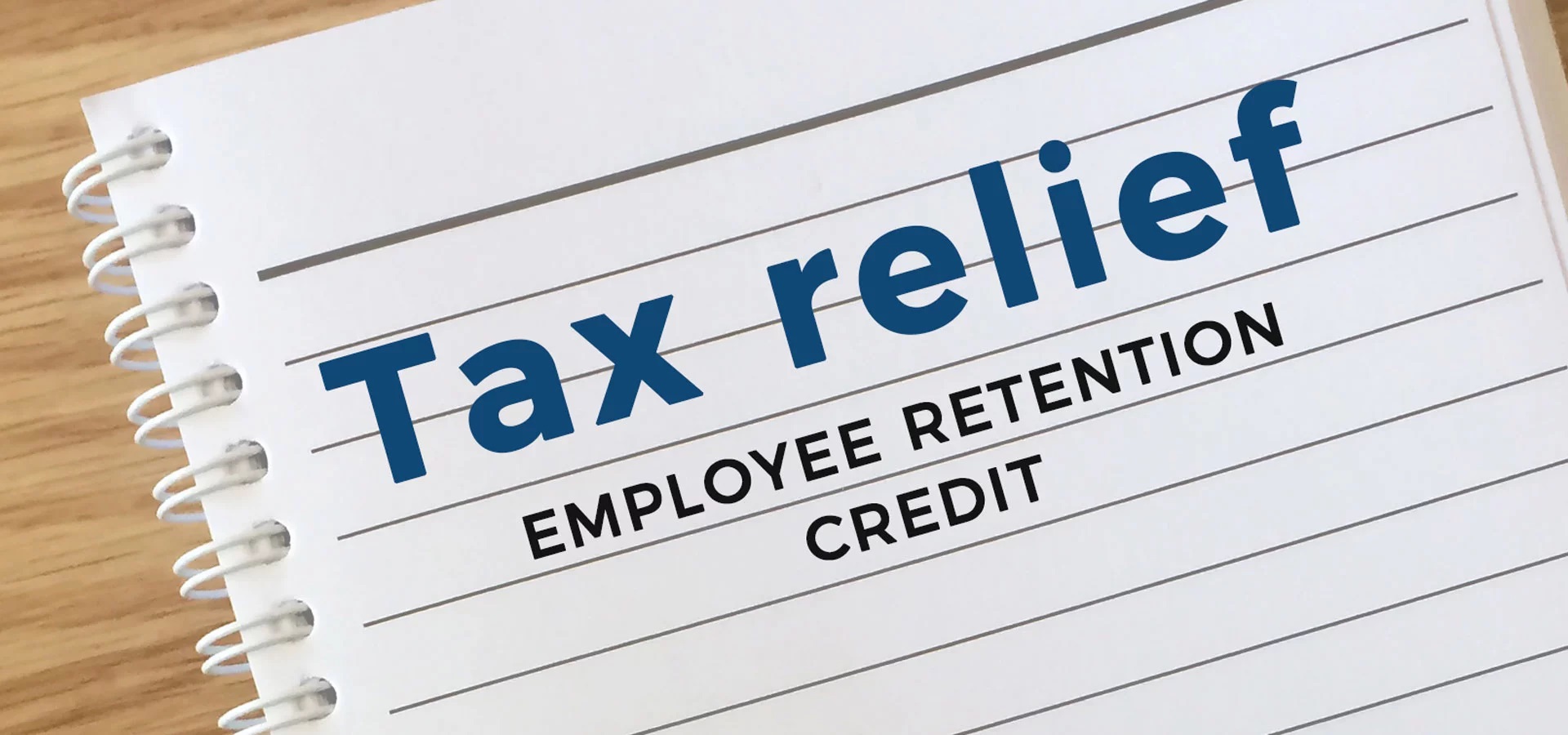Welcome To BUSINESS SOLUTIONS INC
Welcome To BUSINESS SOLUTIONS INC
Businesses with employees that were either partly shut down due to COVID 19 or suffered a loss of business in 2020 or 2021 are eligible for the Employee Retention Tax Credit. We provide everything needed to prepare and file the forms necessary to claim your credit.
Find out if you are eligible for the ERTC up to $33k per employee for the year 2021. File now and receive your credit in as little as 10 weeks -12 Weeeks
The ERTC rules are complicated, confusing, and inconsistent, and there is some important detailed guidance from the IRS, which is missing on how to apply the new rules. That said, if you think you may qualify for the ERTC, you should talk to a tax professional who is versed in the rules (there unfortunately aren’t many), and file a retroactive credit for 2020, and/or make sure to claim the credit for Q1 and Q2 of 2021 if you qualify.


On March 11, 2021, Congress passed the American Rescue Plan Act that expanded and extended the Employee Retention Credit (ERC), and President Biden signed it into law.
So, what’s that mean for you and your business? Even if you’ve already gotten PPP funds, you can take advantage of the increased savings with the Employee Retention Credit for 2021.
We provide transparent guidance, assistance, facilitation, fixed pricing and completed end-to-end deliverables. Contact us today to discuss how we can help you keep more of your money
For Business owners, it means that for every employee on your payroll in 2020, you can receive up to $5,000 tax credit, whether you received PPP funds or not.
And it gets better. New provisions increased the credit amount to $7,000 for all four quarters in 2021, for a total of $28,000 per employee!
IN SIMPLE WORDS, ENTITIES WHO HAVE EMPLOYEES and ARE ON PAYROLL, MUST FILE FOR THE ERTC.

An eligible employer is an employer that actively carries on a trade or business during calendar year 2020 or 2021, including tax-exempt organizations, and meets either of the two following tests:
It’s also important to note that there are affiliation rules that apply to commonly owned businesses which could impact eligibility for the credit.
HOW DO I KNOW IF I QUALIFY FOR THE EMPLOYEE RETENTION TAX CREDIT?
This is where it gets tricky. The rules are complicated and confusing…and they differ between 2020 and 2021. Overall, whether you qualify and how you calculate the amount is based on 3 things:
-The average number of full-time employees you had in 2019
-Whether you had a quarter-over-quarter gross receipts decline between the quarter and the same quarter of 2019 (i.e. comparing Q2 of 2020 to Q2 2019, and comparing Q2 2021 to Q2 2019, etc). The amount of the gross receipts decline that you must have in order to qualify for the credit varies based on which year you are calculating the credit for.
-Whether you were fully or partially shut down during the period
The Federal government passed the CARES (Coronavirus Aid, Relief and Economic Security) Act on March 27, 2020.
Any private sector or non-profit employer, regardless of its size, is eligible for the Employee Retention Credit during calendar year 2020.
To be eligible, the business must:
Be fully or partially suspended due to government order due to COVID-19, or
incur a 50% decline in gross receipts from the same quarter in 2019, between 3/13/20 through 12/31/20.
incur a 50% decline in gross receipts from the same quarter in 2019, between 3/13/20 through 12/31/20.
“Qualified wages” varies depending on the number of employees. The credit is available for qualified wages from 3/13/20 through 12/31/20.
In December 2020 the Consolidated Appropriations Act, and in March 2021 the American Rescue Plan Act were signed providing additional COVID-19 relief packages for businesses. Specifically, this new legislation amends, expands, and enhances the CARES Act Employee Retention Credit (ERC).
The ERC was previously unavailable as an option for relief to businesses that received Paycheck Protection Program (PPP) loans through the SBA. However, the new legislation explicitly provides a retroactive amendment to March 13,2020, and clarifies these businesses are now eligible to receive the ERC—just not on wages paid with PPP loan funds.